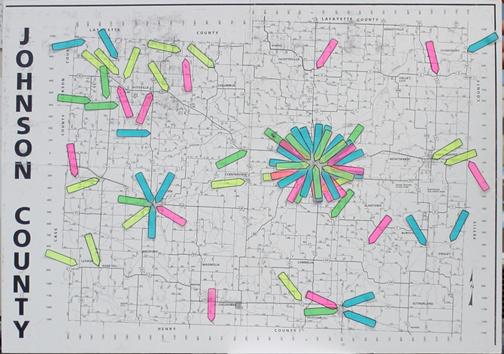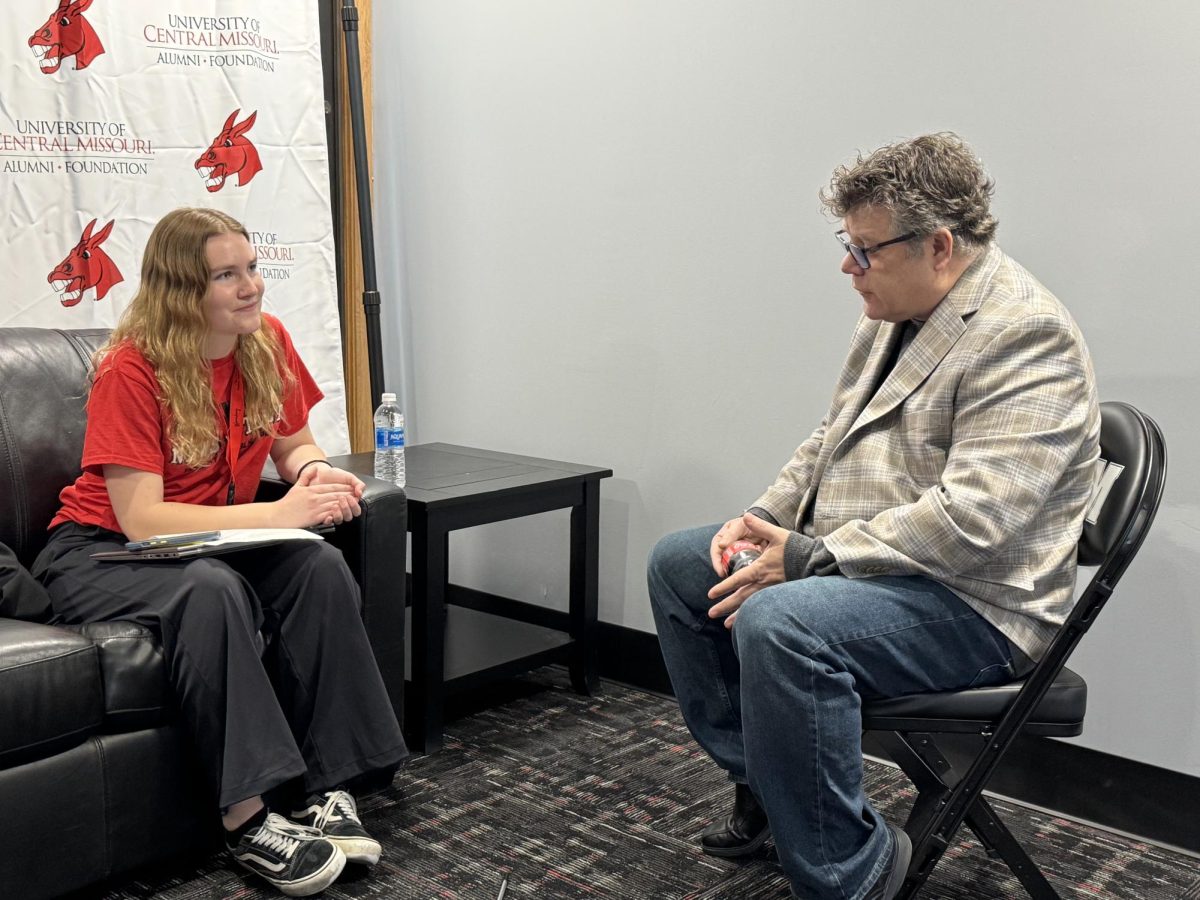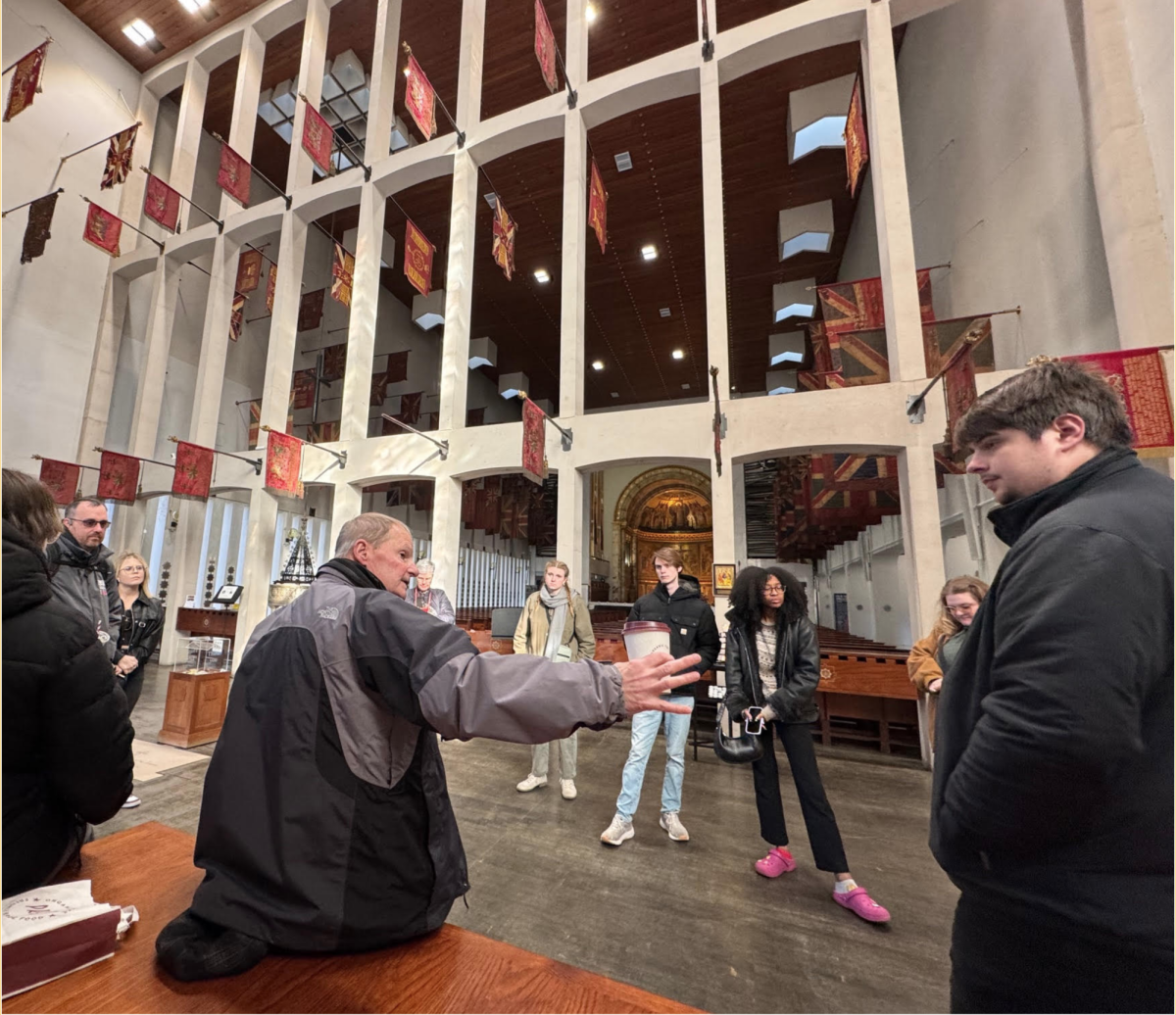
By BRANDON PEDERSEN
(JOHNSON COUNTY, Mo., digitalBURG) – A police officer is conducting a felony traffic stop on a vehicle with two occupants along U.S. 50 in Warrensburg. The officer holds one suspect at gunpoint, but the other suspect runs into the nearby woods by Cave Hollow Park.
The officer radios for backup but no one hears it.
That was a scenario a Warrensburg Police officer faced recently because of radio problems created by a national FCC mandate. That mandate requires private licensees, such as local governments, to switch to narrowband radio communications.
The deadline for the switch is Jan. 1, 2013, but Johnson County switched on March 1.
“Is it frustrating? Absolutely,” said Warrensburg Police Chief Bruce Howey. “To be real candid, if I knew back then what I know today we would have pushed to reconsider how we handled this switch. We had no idea that we were going to have challenges at all with this narrowbanding.”
Johnson County voters approved a quarter-cent sales tax increase Nov. 6 to fix this communication problem. The tax will help create a new countywide digital communications system and a new dispatch center.
The new system features an array of five radio towers placed around Johnson County. The towers will catch radio signals and bounce them around buildings so radio transmitting and receiving coverage is less affected by obstructions.
New digital and simulcast equipment will allow up to 98 percent coverage for response vehicles in Johnson County. The system is still in the planning stage and is expected to take 18 to 24 months to complete.
The new dispatch center will be located north of Wal-Mart in Warrensburg. FEMA has to approve the building plans before construction can begin.
The proposed dispatch center is estimated to cost $2.1 million, and the communications equipment will cost $1.75 million. Tax revenue from the ballot issue will start to flow next summer.
Johnson County Dispatch Services currently has six dispatchers operating in the basement of the Johnson County Justice Center in downtown Warrensburg. The new building will be designed to staff up to 12 dispatchers.
The current dispatch center space is rented from Johnson County on a month-to-month basis and will go back to the county once the new dispatch center becomes operational.
“We’re thankful that taxpayers recognized the first responder safety issues and our goal is to make responder and citizen safety number one,” said Liz Lenger, executive director of Johnson County Central Dispatch. “We appreciate the community recognizing that.”
Narrowbanding involves lowering radio frequency waves and is designed to reduce radio channels used by private licensees by half. The idea is to free up more airspace for projected growth. However, narrowing radio frequencies means the waves are smaller, move faster and more closely together.
Dale Parsons, fire battalion chief for the Warrensburg Fire Department, likens the switch to altering a flowing stream.
“It’s like water that is moving slowly,” Parsons said. “It will go around an obstacle and meet on the other side. However, if that water is moving fast, it moves around objects differently and can leave a gap on the other side of an obstacle.”
Lenger said the main problem at dispatch is flipping back and forth to communicate with officers.
“(Patrol) cars in certain areas don’t hear what’s going on,” she said. “Right before the narrowband switch took place we put some equipment on the jail tower and it fixed some issues.
“Then, the narrowbanding came into effect and it shot our ability to communicate down about 40 percent.”
Since Johnson County switched, Lenger has recorded 71 communication incidents in the county. Many occurred in and around the Warrensburg area.
Communications breakdowns are caused by interference from tall buildings, dense trees in a low-lying area and when firefighters are inside of a building.
“When a radio wave is larger, it can jump a building but when you narrow it, the signal is unable to jump a building and if you’re on the other side of it, you don’t hear it,” Lenger said.
Warrensburg Fire Department Chief Phil Johnston said his firefighters have not had any major issues with the current system, but the new system will be an improvement.
“I think it will increase the capabilities of dispatch services and will increase technological capabilities,” Johnston said.
Warrensburg resident Nick Wilson was among those who voted for the sales tax increase in November.
“I really don’t hesitate to vote for a tax increase if it’s something that is needed and this was one of those things,” Wilson said.
Categories:
Sales tax will pay for communication fix
Written by Muleskinner Staff
December 22, 2012

(Photo by Brandon Pedersen, digitalBURG) This map marks 71 communications incidents that were recorded after the switch to narrowbanding on March 1. Most of the incidents are concentrated around Warrensburg.
0






